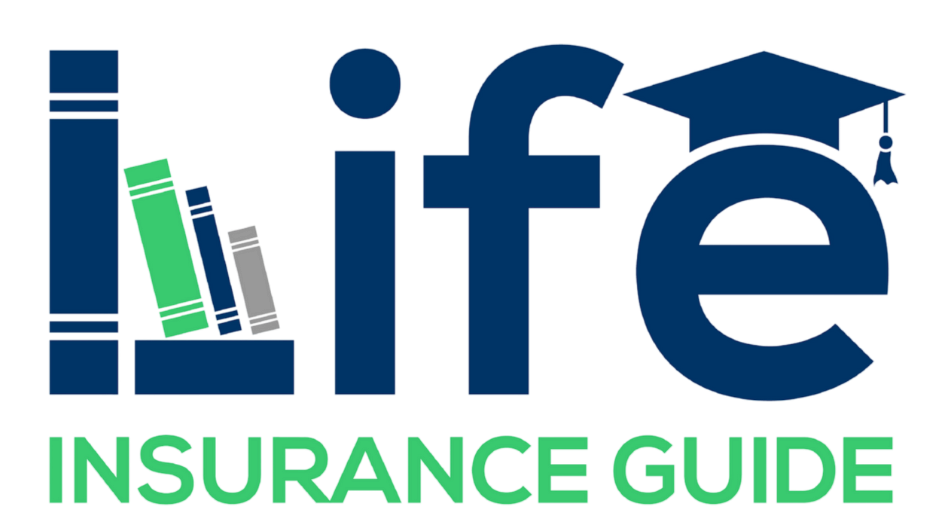Every business has people it simply can’t do without. It might be the owner who holds the client relationships, the operations manager who keeps everything running, or the lead technician whose skills are impossible to replace overnight.
So what would happen to your business if that person couldn’t work tomorrow?
For many small and medium-sized businesses, losing a key person unexpectedly can mean lost revenue, disrupted projects, and serious strain on cash flow. Key Person Insurance is designed to provide a safety net when that happens.
Who Counts as a ‘Key Person’?
A key person is anyone whose knowledge, contacts or leadership keeps the business functioning.
They might be:
- a business owner or managing director
- a senior salesperson who drives most of the income
- a skilled specialist, engineer or technician
- a key administrator or finance manager who understands the systems inside out.
In smaller businesses, one or two people often wear several of these hats at once, which makes protecting them even more critical.
Why It Matters
When a key person becomes seriously ill, injured, or passes away, the business can face:
- a drop in sales or income while clients look elsewhere
- increased costs to recruit or train replacements
- delays or lost contracts if projects can’t be completed
- cash flow pressure if creditors or suppliers lose confidence
- personal stress on remaining owners who must take on extra duties.
Key Person Insurance helps smooth this disruption so the business can recover, regroup and continue operating.
Two Main Purposes
- Revenue Protection
- Provides funds to replace lost income or profits for a set period (for example 12 to 24 months).
- Can cover recruitment and training costs while the replacement gets up to speed.
- Example: if a senior consultant generates $400,000 in annual billings, the business might insure for one to two years of that contribution. Perhaps also factor in recruitment costs, lost goodwill, or the time it takes to rebuild client relationships.
- Capital Protection
- Helps repay business loans or personal guarantees if a key owner can’t work.
- May also be used to stabilise the business’s value and protect goodwill so it can continue trading or be sold fairly.
Some businesses use a combination of both to make sure immediate income and long-term stability are covered.
How It Works
- The business owns the policy, pays the premiums, and receives the benefit if something happens.
- Cover can include Life Insurance, Total and Permanent Disability (TPD) and Trauma Insurance, depending on needs.
- Income Protection is generally not used for Key Person cover, as it pays benefits to the insured individual rather than the business.
- Proceeds are then used to fund replacement costs, offset revenue losses, or meet loan obligations.
It’s a straightforward concept: protect the business’s ability to keep running when key people can’t.
How Much Cover Is Enough?
There’s no exact formula, but these simple approaches can help:
- Revenue method: multiply the key person’s annual profit contribution by one or two years.
- Replacement cost method: add expected recruitment and training expenses.
- Combination approach: blend the two for a balanced figure.
If you work with an accountant or adviser, they can help refine these estimates to fit your business’s situation.
Making It Part of Your Business Plan
Key Person Insurance works best when it’s built into your broader business planning, not left until after something goes wrong.
- Review cover whenever you take on new loans, expand, or restructure.
- Reassess who your true key people are as teams change.
Premiums for revenue-purpose policies are generally tax-deductible, but any claim proceeds are treated as taxable income. Capital-purpose policies typically don’t allow a deduction for premiums, but the proceeds are usually received tax-free, including CGT exemptions if structured appropriately.
It’s also smart to align the policy with any buy-sell or succession agreements you already have in place, so ownership and funding plans work together.
Keeping Your Business Resilient
Every business relies on people, not just products or equipment. When you protect those people, you’re really protecting the livelihoods that depend on them – staff, suppliers, and families alike.
Take a moment to think about who your business couldn’t do without.
Then consider how the business would cope if they were suddenly gone or unable to work.
A little planning now can make the difference between a business that struggles and one that survives a tough time.
This article provides general information only. Insurance policies vary between providers, and eligibility, tax treatment and cover types can differ. It’s important to review the details carefully and seek professional advice to choose the right structure and level of protection for your business.




